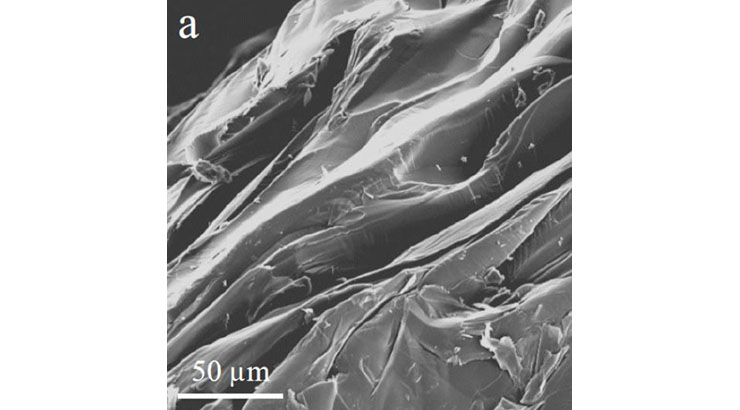Improved C-C Composites with Added Heat Shielding
ID# 2018-4777
Technology Summary
An improvement in the synthesis of carbon-carbon (C-C) composites has been made. Instead of using carbon fiber for reinforcing and control of macroscale properties, this technology uses the matrix for self-reinforcement. Penn State researchers have improved the properties of C-C composites by using carbon allotropes as additives to control and direct the microstructural evolution of the C-C composite during its fabrication. As a result, extensive pre-fabrication of filaments, yarns, and weaves are bypassed. The technology allows for the properties of graphene and nanotubes to be magnified in non-graphitizing matrices based on polymeric resins which will increase strength and conductivity of C-C composites.
Application & Market Utility
Carbon-carbon (C-C) are important engineering materials, because they can perform structurally at extreme temperatures and have superior thermal shock, toughness, ablation, and high-speed friction properties. Accordingly, C-C composites are particularly important in aerospace and mobile applications. Specifically, C-C composites can be used for engine exhaust parts, aircraft sections and leading edge components. Vehicle parts include drive-shafts, panels and brackets.
Next Steps
Seeking licensing opportunities and research collaboration.

